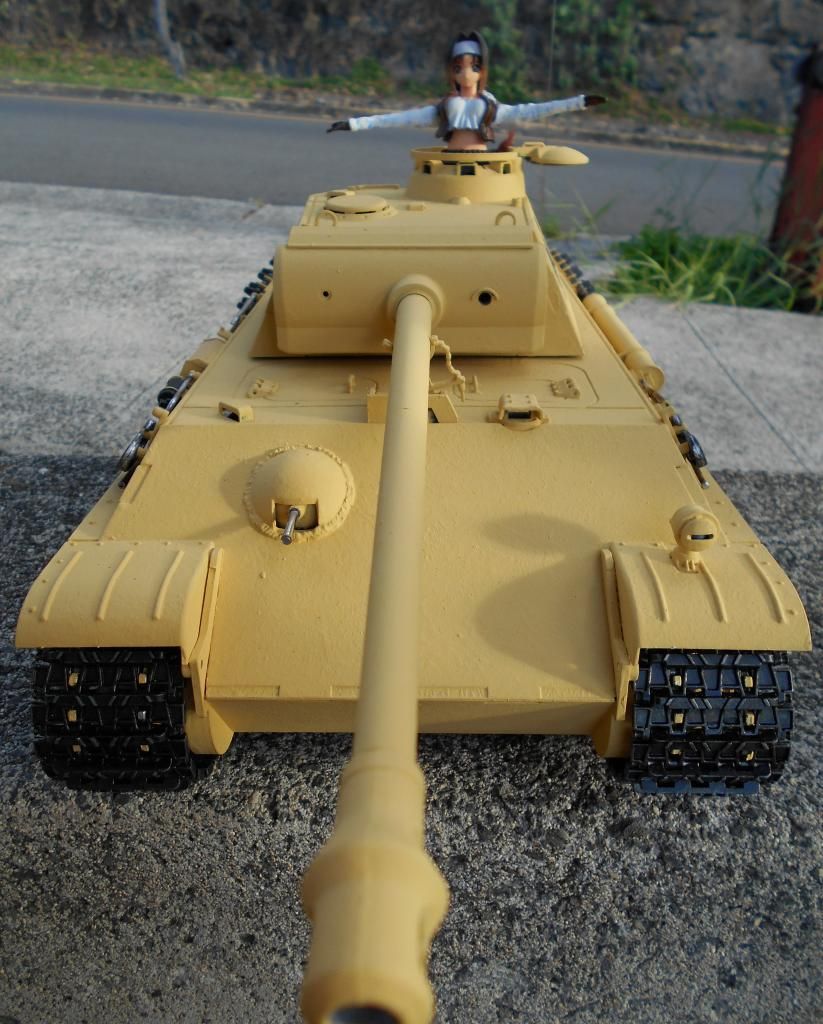Rather than buying a second set - I bought a larger bottle from a different suppliers who also identified as RAL 7028 (Dunkelgelb) but when I painted the Hull - it was a completely different colour (Mustard looking).
I was planning on doing a 3 colour camo pattern, with the RAL 8017 (Rotbraun) & RAL 6003 (Olivgrun), but am unsure if this will look any good, now it has the mustard base colour.
I know people will say - it's all down to personal choice , etc etc - but I want the camo to look at least half decent - so anyone tried this mix of colours before, or should I spray some patches with a lighter colour (Like RAL 7027 (Sandgrau) ? to lighten it up.

